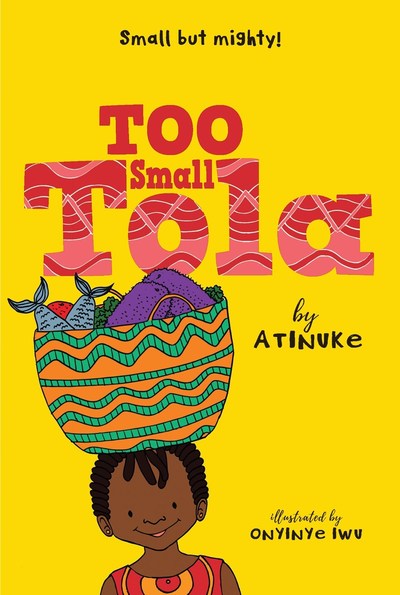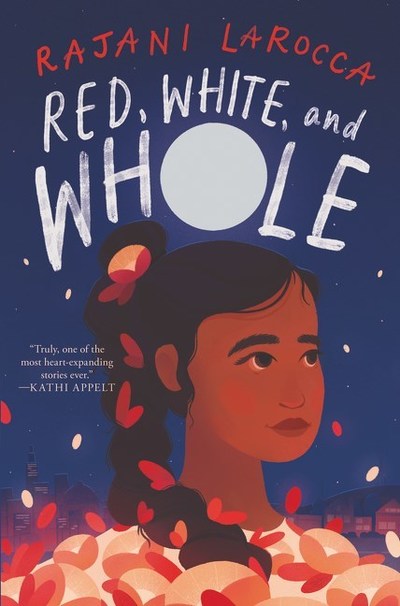Chapter books offer engaging opportunities for children to become confident, independent young readers. Two new chapter books, each the first in a series, combine all the heart and narrative complexity of middle grade novels with the brevity and supportive illustrations that are the hallmarks of great chapter books.
Newbery Medalist Erin Entrada Kelly’s first chapter book, Maybe Maybe Marisol Rainey, introduces an endearing heroine that readers will root for from the very first page.
Marisol longs to climb the big magnolia tree in her backyard, which she has named Peppina. (Marisol believes in the importance of naming objects, from Buster Keaton the refrigerator to Charlie the family car.) Though Peppina seems like a perfect climbing tree, Marisol wouldn’t know because she’s afraid of heights. Marisol’s best friend, Jada, loves to climb Peppina, and so does Oz, Marisol’s big brother. But all Marisol can do is gaze at Peppina, imagine what it would be like to see the world from on high and wonder why she feels so scared.
As Peppina looms in her thoughts, Marisol plays with Jada, tolerates the dual annoyances of Oz and a nemesis at school and thrives under the care of her loving mother, a Filipina immigrant, and her father, who works far away but visits via the computer screen.
Kelly’s third-person narration is simple and clear as it captures Marisol’s perspective, allowing readers to see the world through her eyes. Black-and-white illustrations on nearly every page bring Marisol’s imagined scenarios to life while also breaking up the linear text for young readers. Yet Kelly cleverly incorporates speech bubbles and labels within the illustrations for additional textual engagement. Maybe Maybe Marisol Rainey will encourage readers who fear the possibility of failure to look forward to a brighter future.
In Jo Jo Makoons: The Used-to-Be Best Friend, author Dawn Quigley creates a sparkling portrait of an Ojibwe girl and her life on a fictional reservation. Full of personality, Jo Jo is frank about her strengths (math and drawing) and her weaknesses (language arts), but her biggest challenge is feeling secure in her friendships. Her first best friend is her cat, Mimi, whom she hopes to protect from the veterinarian. Her second best friend is her classmate Fern, but since Fern hasn’t been sitting with her at lunch lately, Jo Jo is afraid that Fern doesn’t want to be best friends anymore.
Over the course of an adventurous day, readers come to know Jo Jo’s quirky perspective, her insecurities and her cultural identity, which informs how she sees the world. Jo Jo has a sense of humor and a playful attitude, and she also misinterprets dialogue and body language, all of which is sure to lead to plenty of giggles. Jo Jo’s family, teachers and friends keep her on her toes, learning and growing.
Quigley’s first-person narration is fast paced, witty and engaging, while illustrator Tara Audibert’s black-and-white cartoon-style illustrations assist with character development and deepen the story’s setting. An author’s note and glossary provide context about the Ojibwe people and the Ojibwe and Michif words used in the text, which will be familiar to readers once they’ve finished reading this delightful book.


















